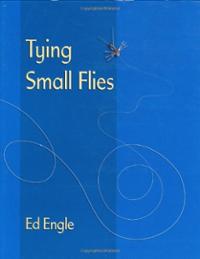 Title: Tying Small Flies
Title: Tying Small Flies
Author: Ed Engle
ISBN-10: 0811700828
ISBN-13: 978-0811700825
Published: 2003
Pages: 240
When I started tying flies the smallest I could comfortably was around a hook 18/20, smaller than that and I could not get my hands around it. The challenge quickly came when I started to replicate a pattern from a #12 down to the smallest I had – the better controll I got on the smaller helped me tie the larger patterns, and I had a large set of sizes to choose from when it came to fishing them. Tying really small ( down to #32 ) was a good challenge to have, but there are not may sites that have patterns or are dedicated to the art of tying small flies.
This book have short, but very well presented, starting chapters with a comparison of different hooks, threads and material. The notes on threads early on gives a good indication on the research done that I really appreciate. The rest of the book is divided into various chapters on midge larvae, olives, tiny parachutes, tricos, floating nymphs and even a chapter dedicated to #32 flies in the end. There are SBS on different patterns, but also discussions and notes on different material, experience with the different patterns and methods in-between. A book that can be read straight through, or just as a lookup for when you need inspiration on a specific pattern when you start tying those sub #20 flies.
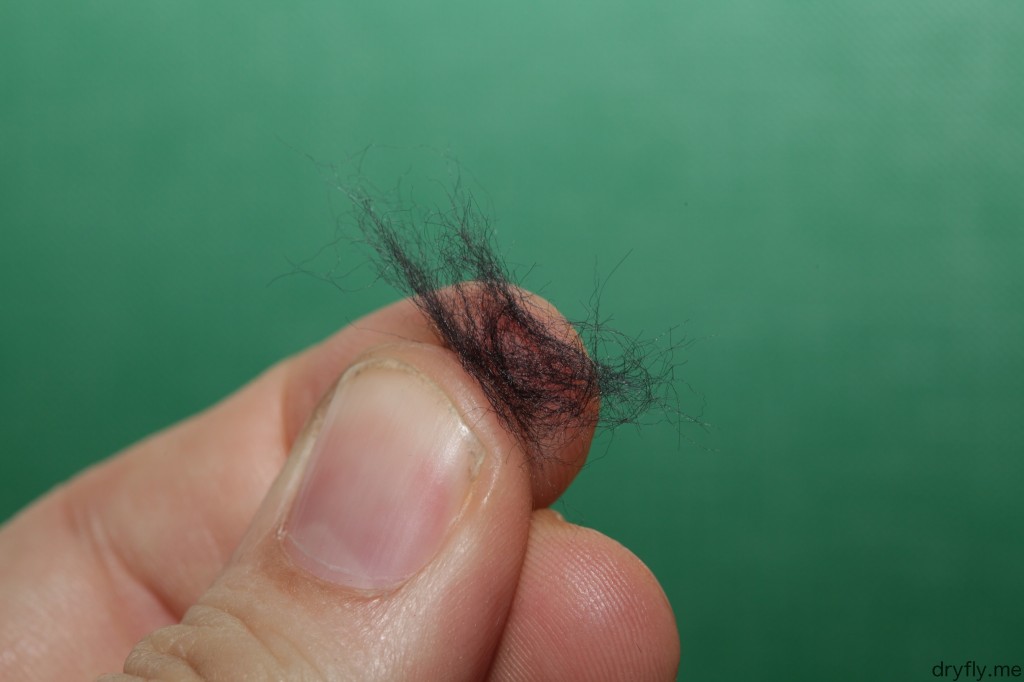 Maybe not the best of pictures, but you can see that you don’t need much to cover the thread
Maybe not the best of pictures, but you can see that you don’t need much to cover the thread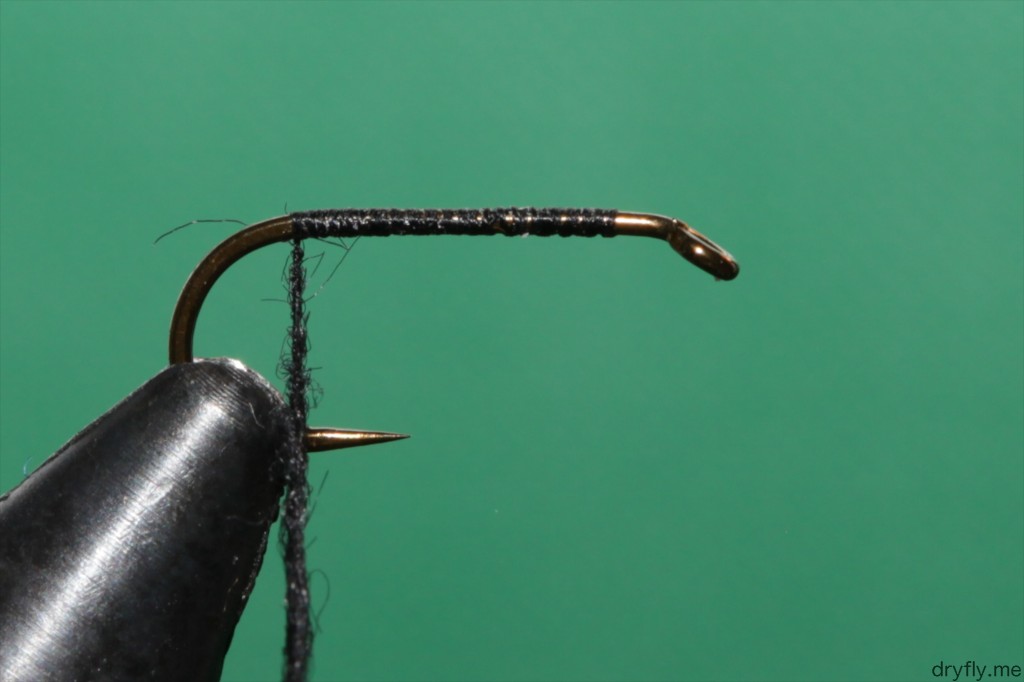 Dubbing a Mustad 9480 #14: it makes a slender body that doesn’t take much space
Dubbing a Mustad 9480 #14: it makes a slender body that doesn’t take much space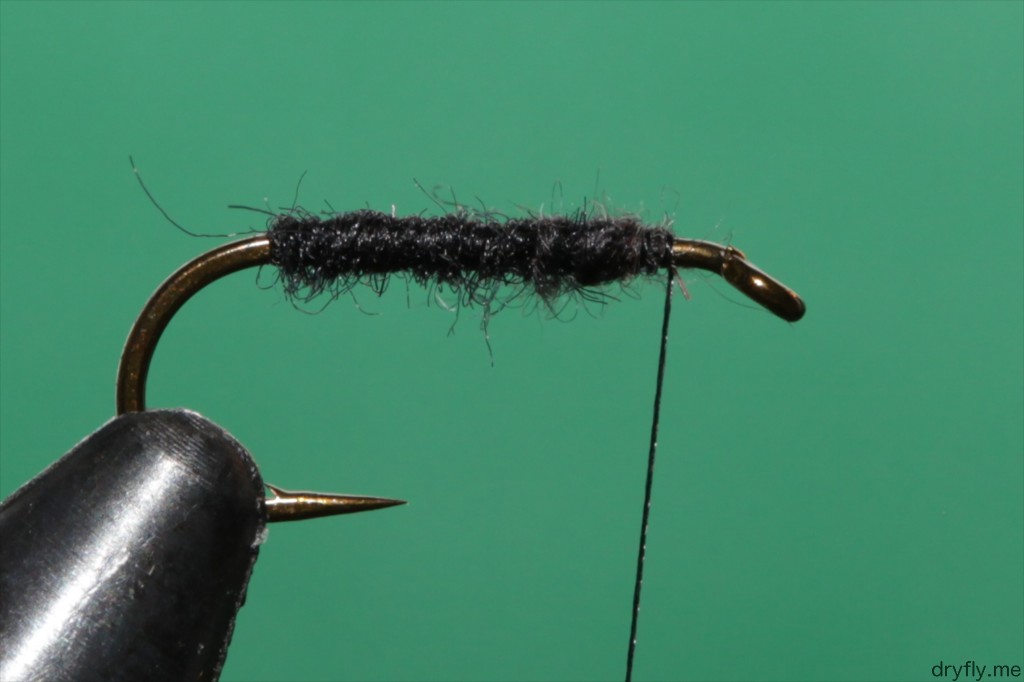 One of the good properties of the Superfine is the ability to create bodies on very small hooks: here is a TMC 518 #30 with only a few strands of the dubbing to create a tiny body
One of the good properties of the Superfine is the ability to create bodies on very small hooks: here is a TMC 518 #30 with only a few strands of the dubbing to create a tiny body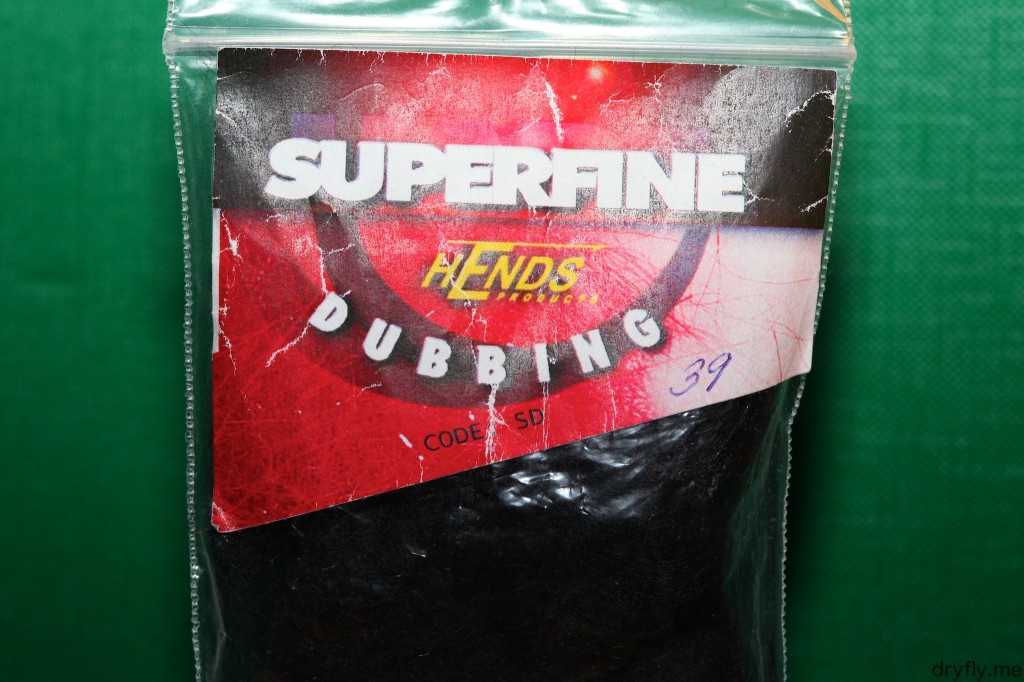
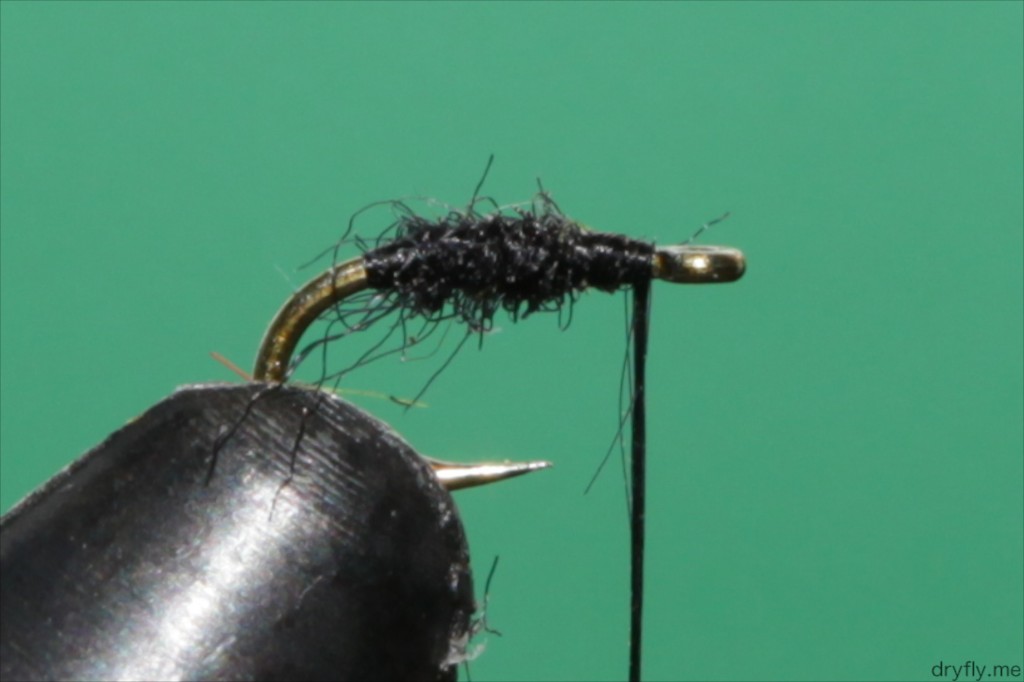
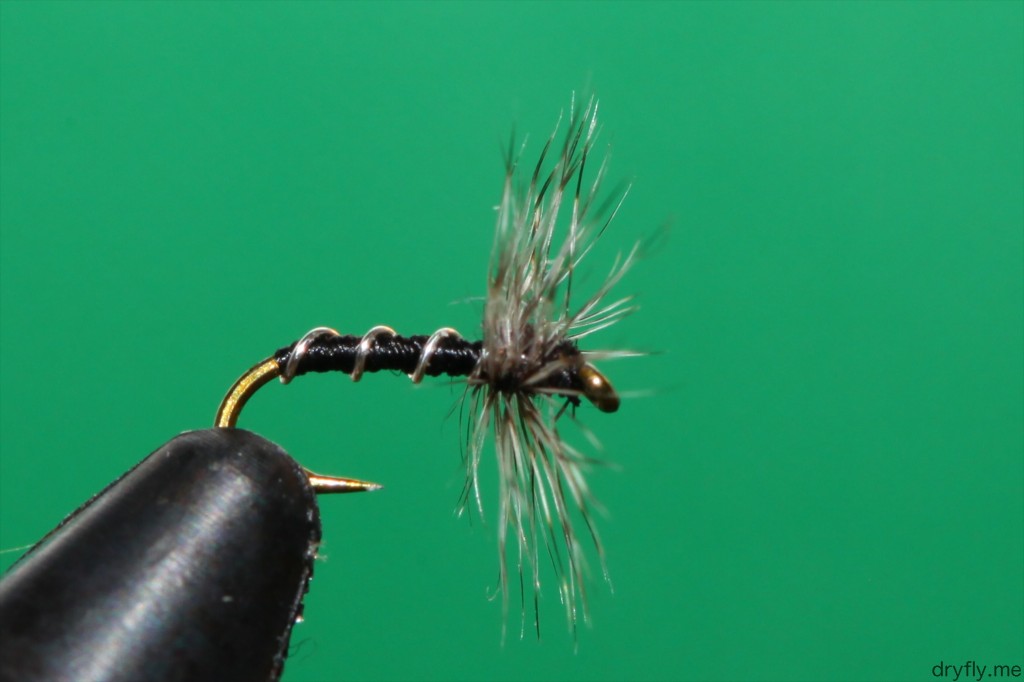
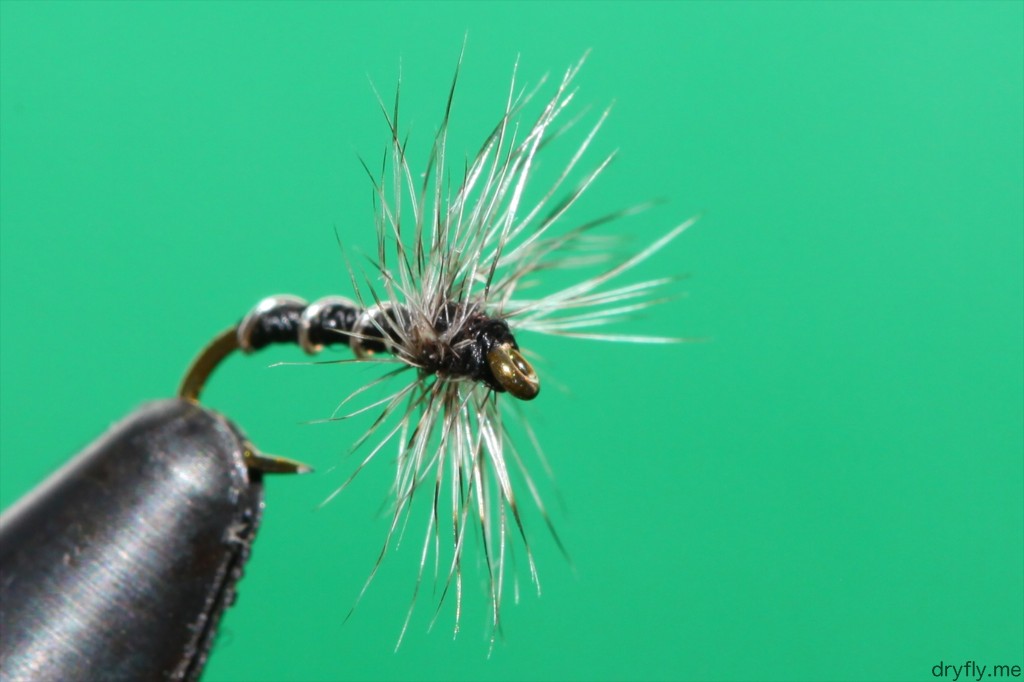
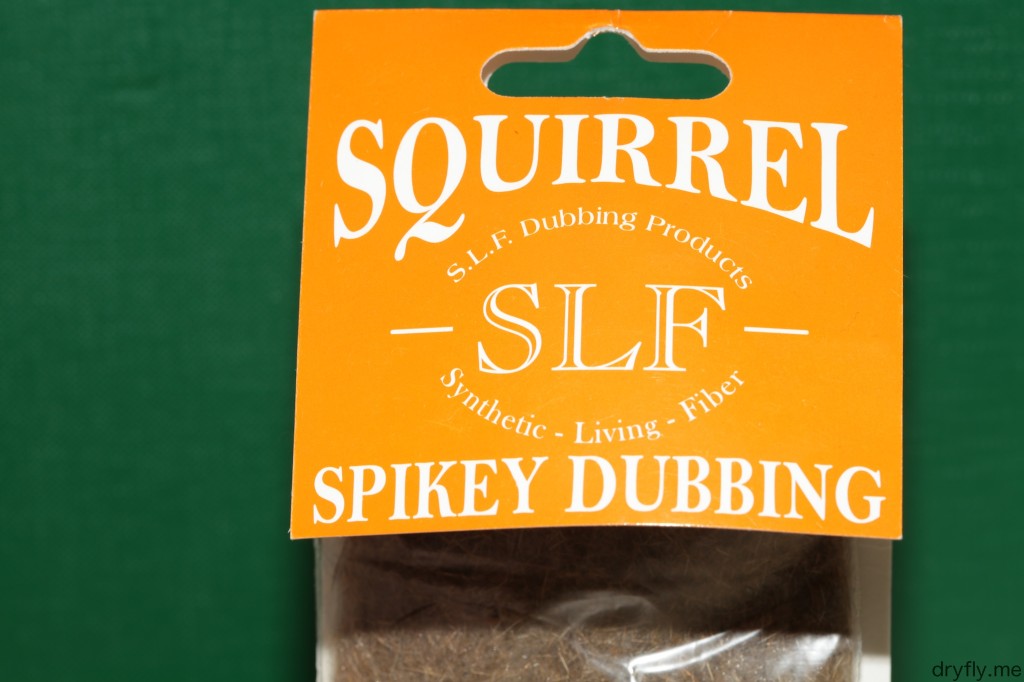
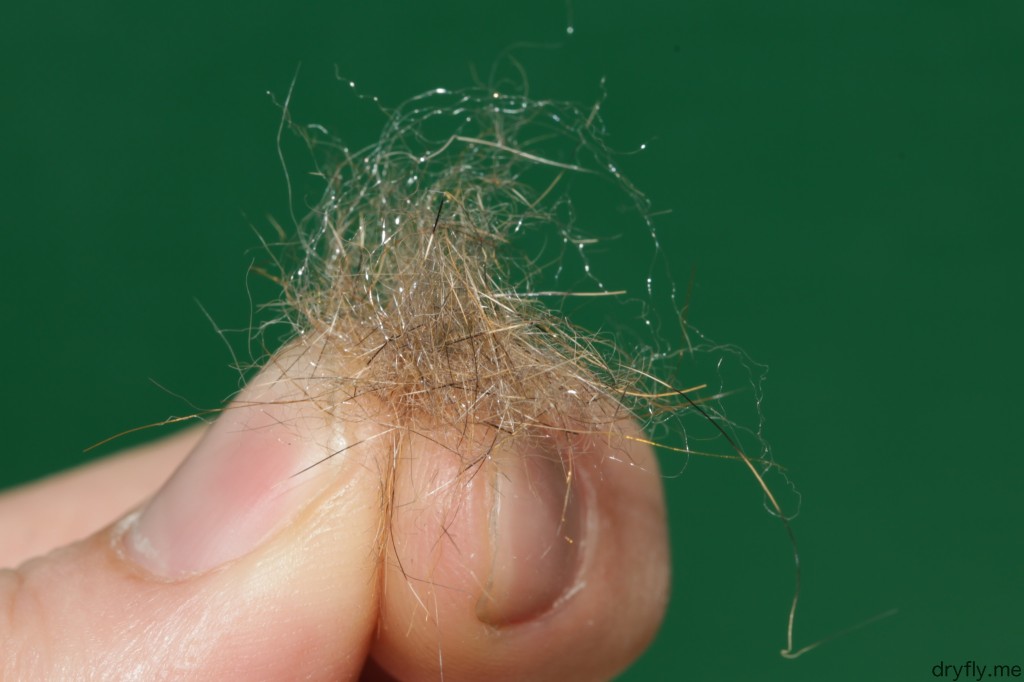
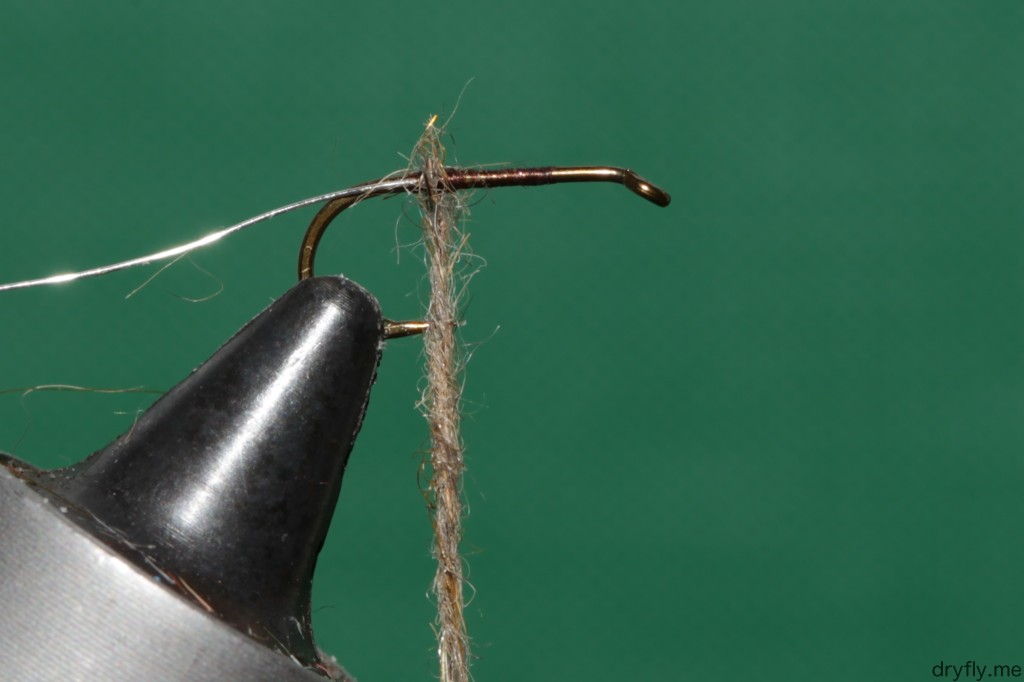
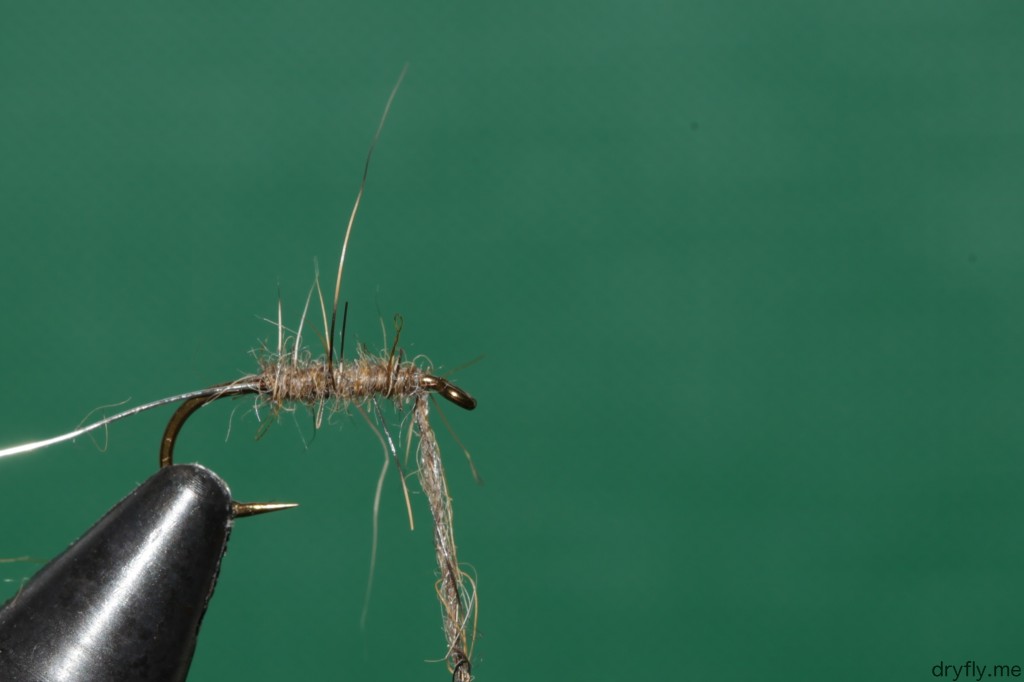

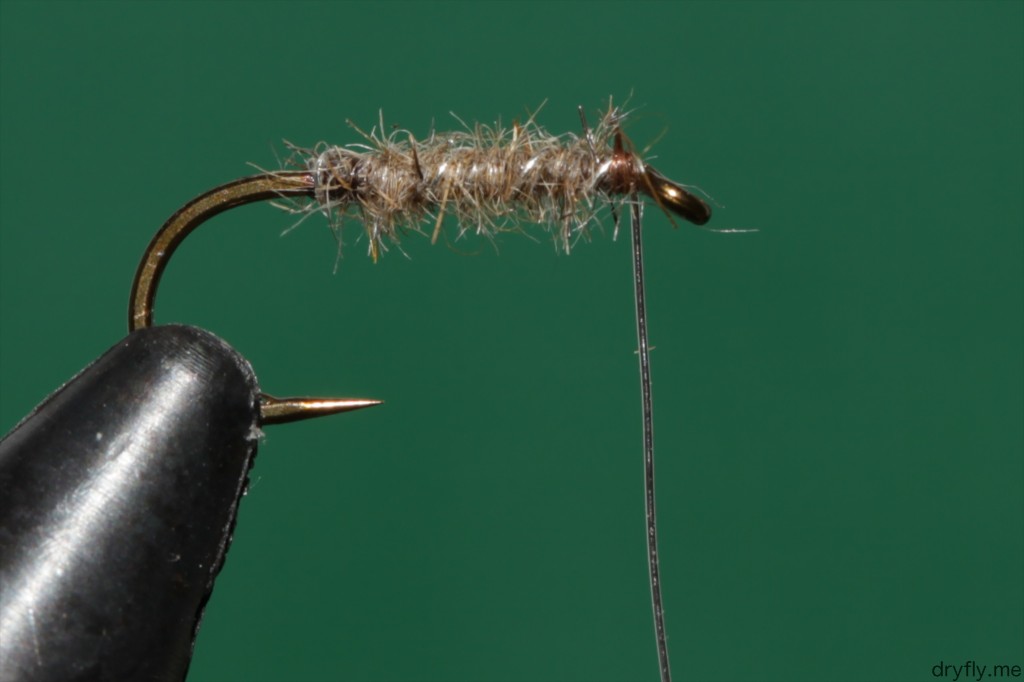
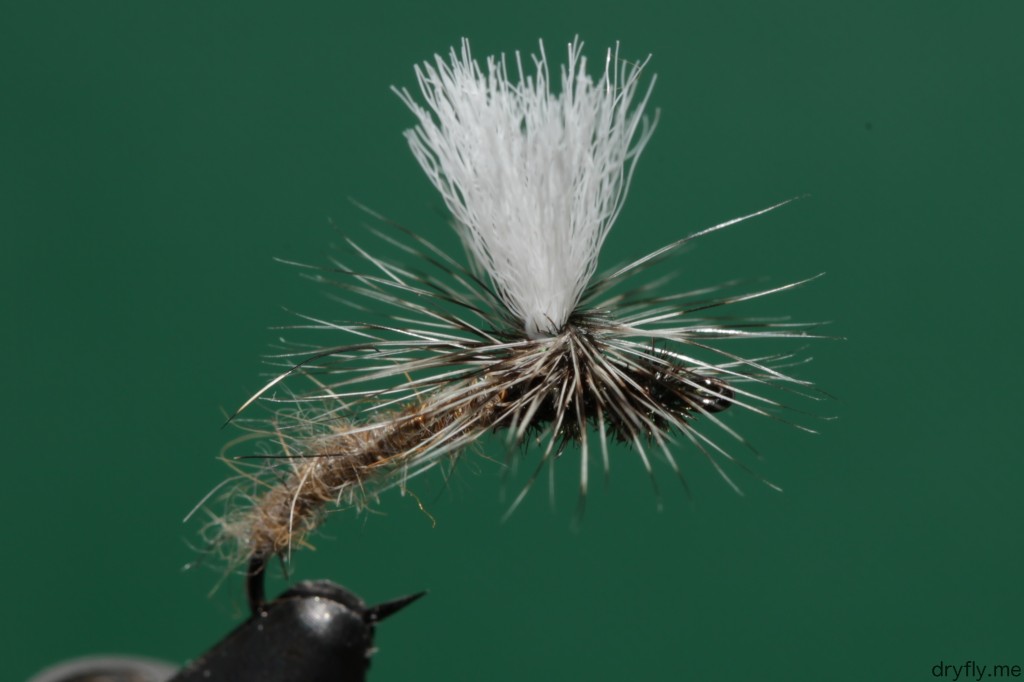
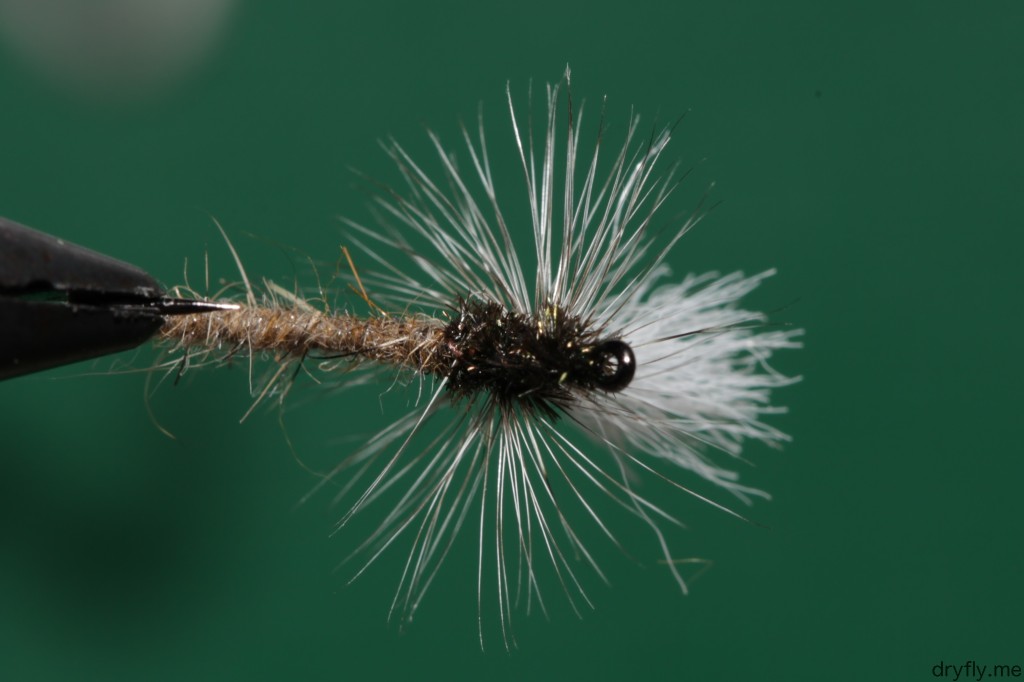

Recent Comments